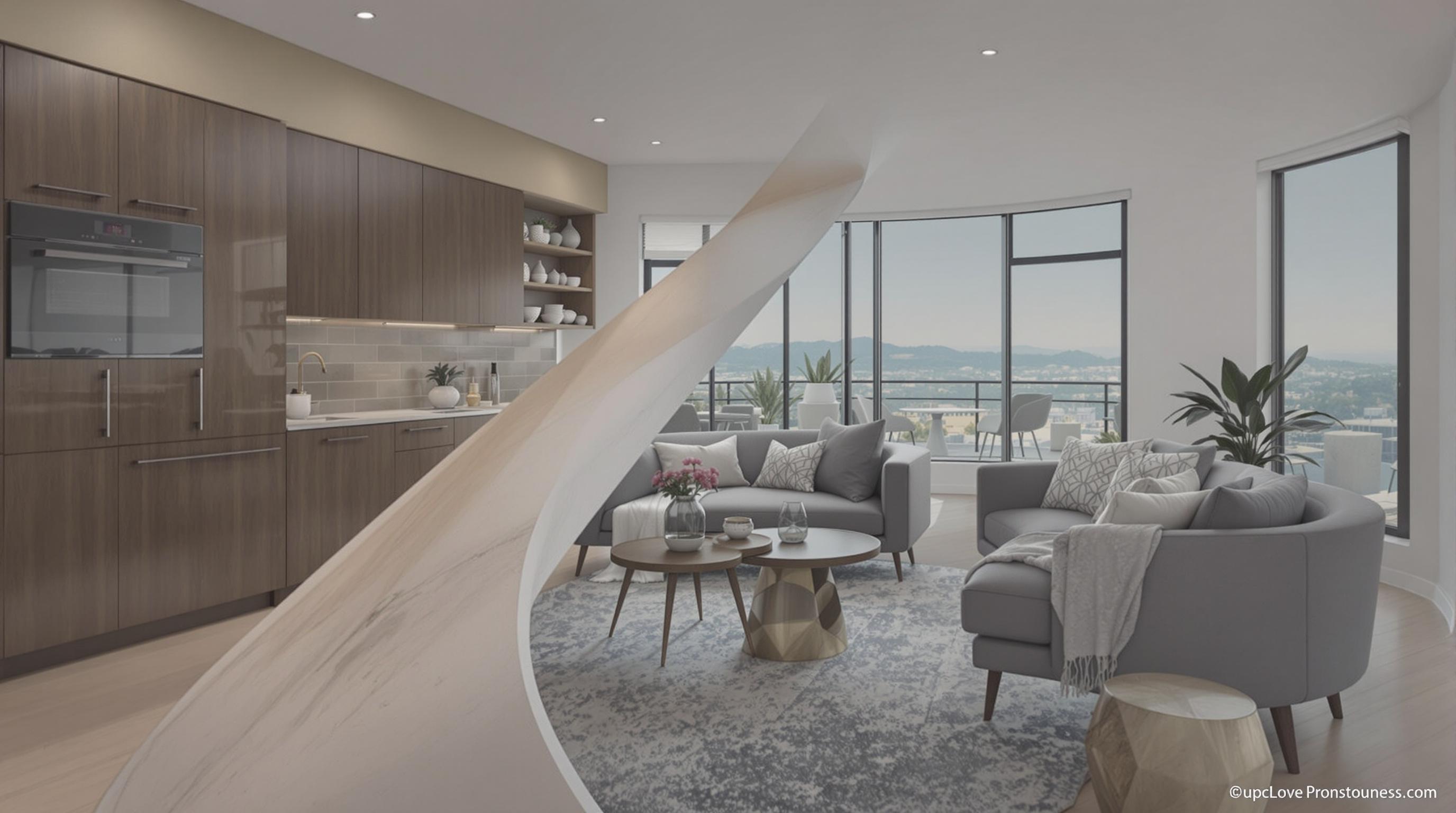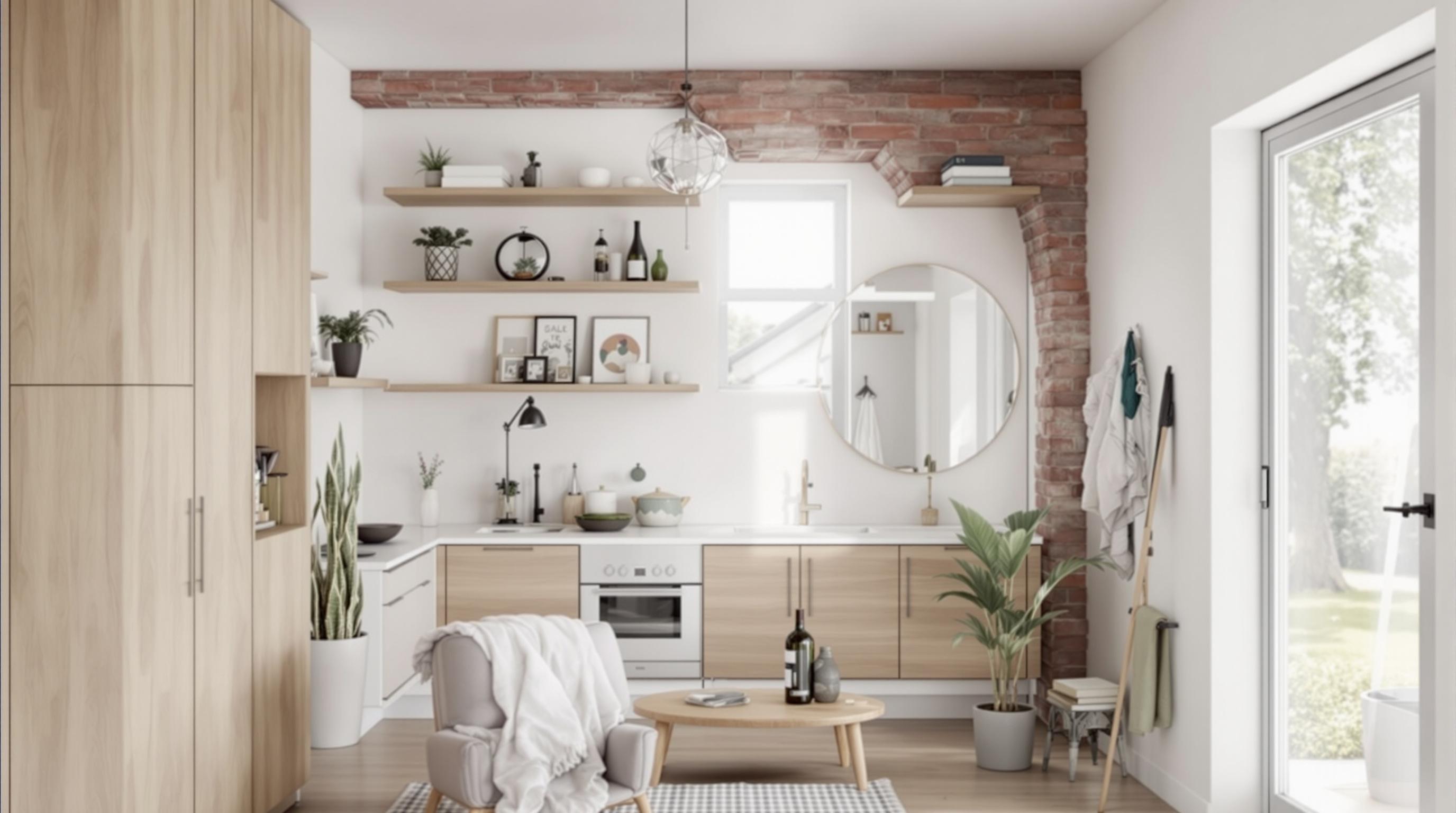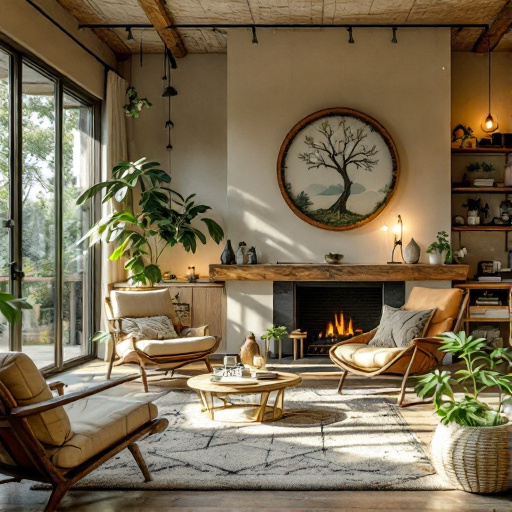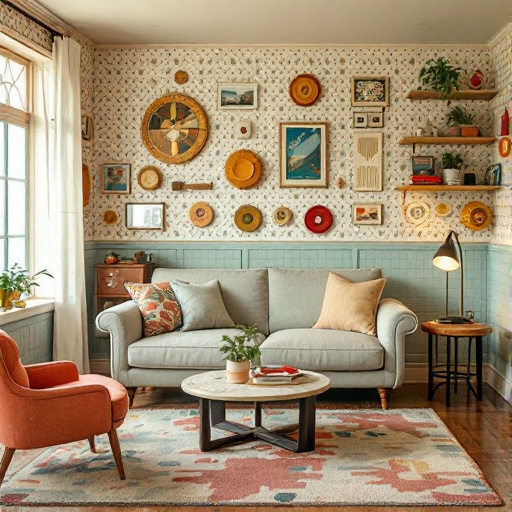Featured Articles
- Rethinking Space: How Biophilic Design in Home Remodeling Connects Us to Nature and Wellness
- Revamping with Resilience: How Home Remodeling Can Boost Your Mental Health and Well-Being
- Reviving Retro: How Nostalgia is Shaping Our Modern Home Remodeling Choices
- "Reviving Retro: How Vintage Decor is Shaping Modern Home Remodeling Trends"
- The Rise of Biophilic Design: How Integrating Nature into Home Remodeling Can Boost Your Well-Being
"Uncovering the Hidden Green: The Rise of Biophilic Design in Home Remodeling"
"Uncovering the Hidden Green: The Rise of Biophilic Design in Home Remodeling"
Biophilic design is taking the home remodeling world by storm, blending nature with modern living to create spaces that promote well-being. This article explores its rise, advantages, and innovative examples, showing how we can reconnect with the natural world, even within our homes.
Understanding Biophilic Design
At its core, biophilic design is about incorporating nature into our built environments. It stems from the term 'biophilia', coined by psychologist Edward O. Wilson in the 1980s, which describes the innate human affinity for nature. It's not just a trend; it's a shift towards creating homes that foster a deeper connection between ourselves and the natural world.
Why We Need Nature in Our Lives
Statistics reveal that people today spend over 90% of their lives indoors, a fact that can have detrimental effects on our mental and physical well-being (EPA, 2020). Studies indicate that exposure to natural elements can reduce stress, boost creativity, and enhance productivity. In fact, a 2017 study published in the journal "Environmental Science & Technology" linked increased greenery surrounding homes to lower rates of anxiety. Knowing these benefits, it’s easy to see why biophilic design resonates with homeowners.
Historical Context
The roots of biophilic design can be traced back to ancient architecture, where natural elements were often included strategically. For instance, the ancient Greeks utilized central courtyards to invite sunlight and a breeze into their homes. Fast forward to modern times: architects and designers are reigniting this connection through innovative methods that embrace nature, making our homes not just living spaces, but sanctuaries.
Case Studies in Remodeling
Let’s consider two remodels that exemplify biophilic design. The first is the “Bamboo House” in California. This project, spearheaded by architect David McFadden, uses bamboo as a primary material, promoting sustainability and a closer relationship with nature. The home features large, floor-to-ceiling windows that bring in natural light and provide stunning views of the surrounding landscape, transforming the way its inhabitants interact with their environment.
Conversely, a smaller-scale case is the “Indoor Garden” apartment in New York City, designed by Janice Lee. She incorporated vertical gardens throughout the space, creating a vibrant indoor environment that mimics the outdoors. The result? A serene oasis amidst the urban hustle, allowing the owner to unwind in the embrace of greenery without leaving the city. These remodels illustrate the effectiveness of integrating biophilic elements into various types of homes.
Design Principles to Embrace
Several key principles characterize biophilic design that homeowners can easily utilize in their remodeling projects:
- Natural Light: Utilizing large windows, skylights, or even glass doors can flood a space with sunlight, improving mood and energy.
- Indoor Plants: Incorporating live plants can purify the air and create a calming atmosphere. Research shows that indoor plants can reduce stress by 30% (Hassall & Associates, 2018).
- Natural Materials: Use wood, stone, and other organic materials in your décor to create a tactile experience that connects with nature.
- Water Elements: Features like indoor fountains or aquariums can provide soothing sounds and visual interest, mimicking the tranquility of natural bodies of water.
A Touch of Humor
Now, let’s lighten things up for a second. Spending all day inside isn’t just a trend; it’s practically a rite of passage for introverts! In fact, if staying cozy indoors were an Olympic sport, many of us would be gold medalists by now. But seriously, what’s not to love about positively channeling our “Hermit” energy into creating natural havens right at home?
Statistics and Market Trends
The market for biophilic design is rapidly expanding, with a report from Grand View Research estimating the global biophilic design market size to reach $150 billion by 2026. More homeowners are interested in these designs, and architects are increasingly focused on sustainable practices, aiming to meet this growing demand. It's no longer just about living in a house; it’s about thriving in a green environment.
Real-Life Benefits of Biophilic Design
When biophilic design is integrated into a home, residents experience myriad benefits. Case in point: employees working in bio-inspired office environments reported a 15% increase in productivity (Human Spaces Report, 2018). But not just the workspace; homes designed with biophilia can enhance family interactions, lead to healthier lifestyles through outdoor views, and overall uplift the quality of life.
Innovative Ideas for Embracing Biophilia
Wondering how to bring some of that hidden green into your home? Here are a few innovative ideas to consider:
- Living Walls: Transform a plain wall into a stunning vertical garden filled with a variety of plants.
- Natural Color Palettes: Incorporate earthy tones within your design to echo outdoor landscapes.
- Nature-Inspired Art: Think artwork that reflects serene landscapes, wildlife, or any aspects of nature.
- Outdoor Extensions: Consider creating outdoor dining or lounge areas that seamlessly blend with the interior of your home.
Voices from the Industry
Talk to any interior designer about biophilic design, and you might hear, “It’s like a breath of fresh air!” Lisa Tran, a renowned designer based in Miami, exclaims, “When clients prioritize natural elements, we can create spaces that rejuvenate them—spaces that make them feel grounded and at peace.” Her approach often involves starting every design project with nature as the focal point. Some clients report they feel less stressed just by changing their paint colors to shades of green! They claim it’s cheaper than therapy.
Connecting Generations Through Nature
Interestingly, biophilic design isn’t just the domain of millennials and Gen Z. It’s garnering attention from older generations, too. Boomers, for example, often seek out homes with gardens or park access for their retirement years. Meanwhile, Gen X is heavily invested in sustainable living, pushing builders and contractors to adopt biophilic elements. All this means that design trends are uniting generations, leading to more engaging conversations about how we shape our living environments.
Crafting Your Personal Biophilic Oasis
As a 25-year-old content writer passionate about connecting people with nature, I know how important it is to carve out a nook that resonates with your spirit. Start with a small project! Perhaps create a cozy reading corner adorned with plants and natural sunlight. It’s not just about aesthetics; it’s about investing in our well-being. After all, who wouldn’t want a home that feels like a guardian of tranquility amidst today's chaotic world?
The Future of Home Remodeling
The world of remodeling is embracing biophilic design in ways we never thought possible. As technology advances, materials evolve, and our understanding of the benefits of nature deepens, the trend of marrying home design with nature will only flourish. We may soon see homes that not only look stunning but also actively improve our health and happiness levels.
Final Thoughts
So there you have it—biophilic design isn’t merely a fleeting trend; it’s a movement rooted in the essential need for nature in our lives. From revamped urban spaces to serene suburban retreats, the possibilities are endless. Let’s embrace our green sides and turn our homes into havens that celebrate the natural world. Whether you’re a minimalist or a maximalist, there are countless ways to infuse nature into your living space.
As Wilson aptly put it, “We are not separate from nature; we are a part of it.” Therefore, let’s start shaking off the concrete confines of modern living and dig our hands into the soil of creativity, sustainability, and joy that biophilic design brings!




